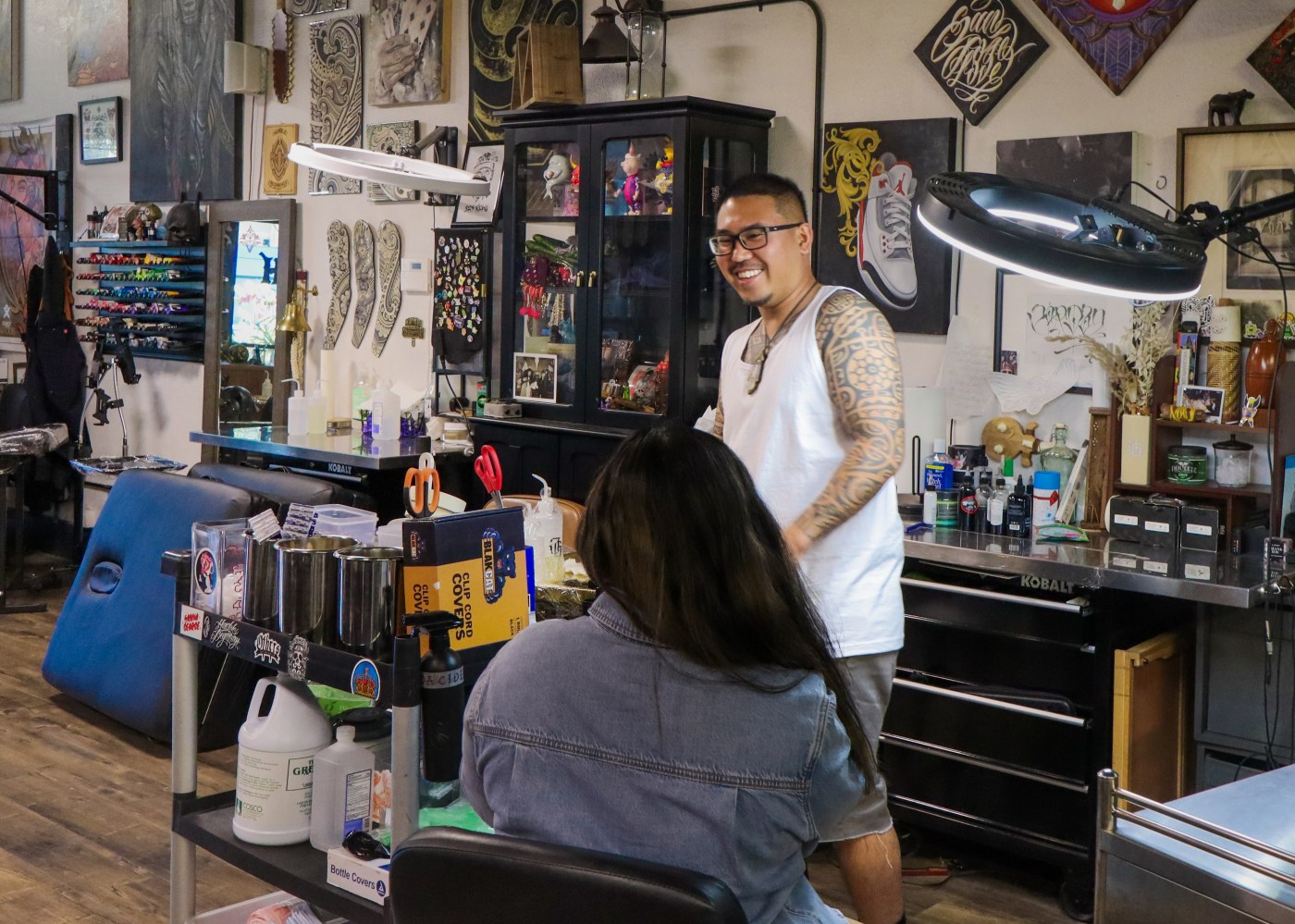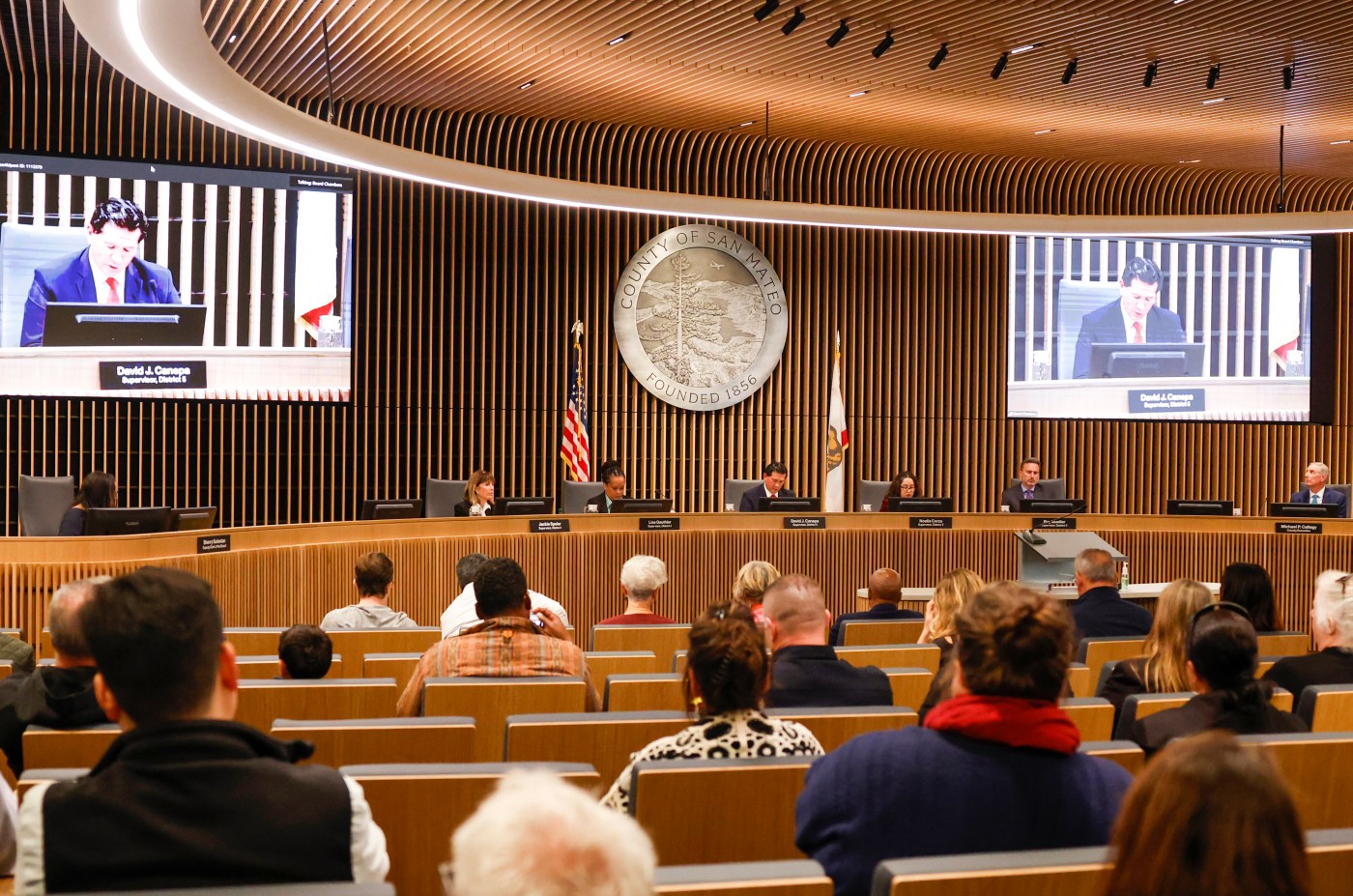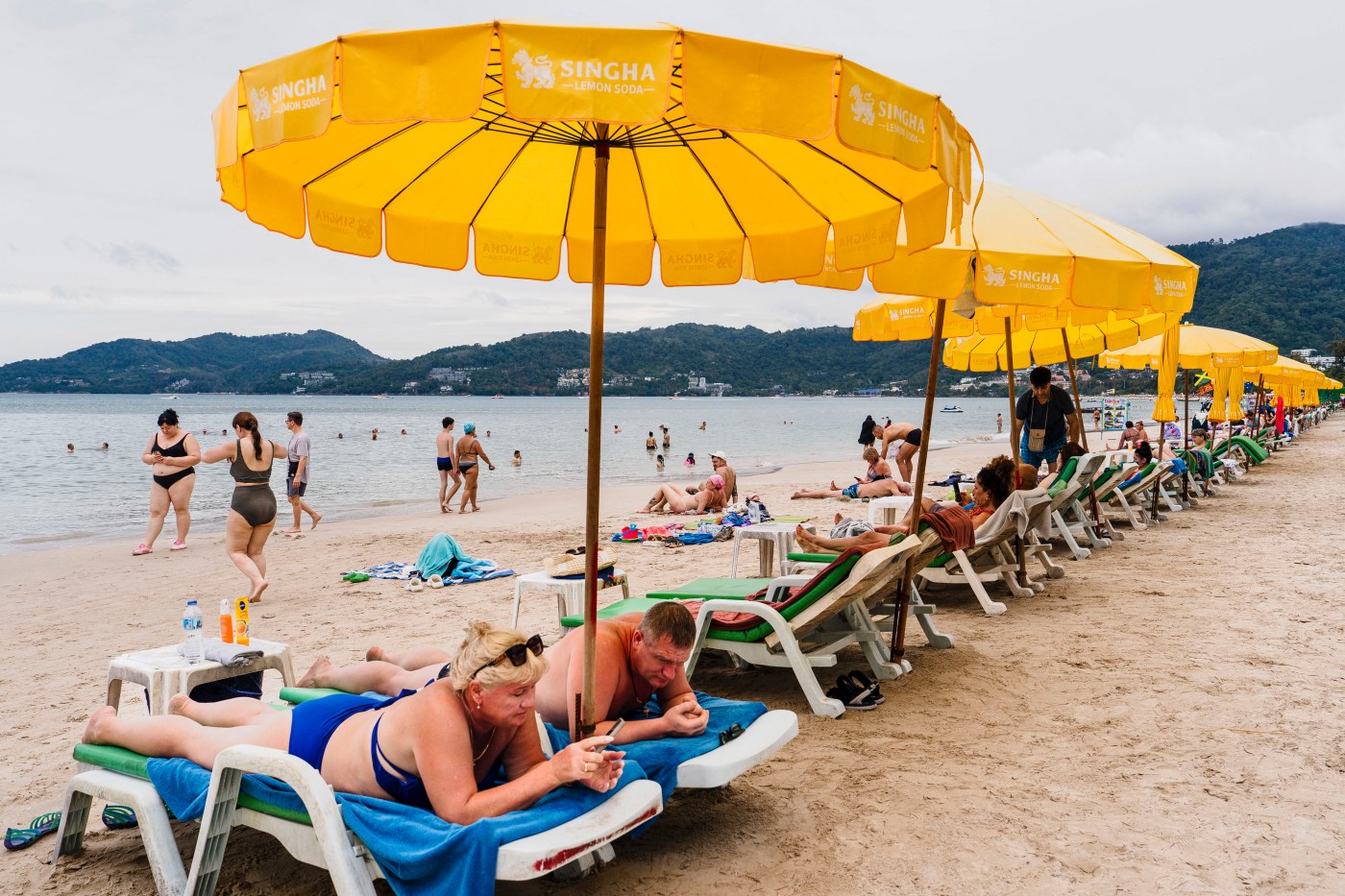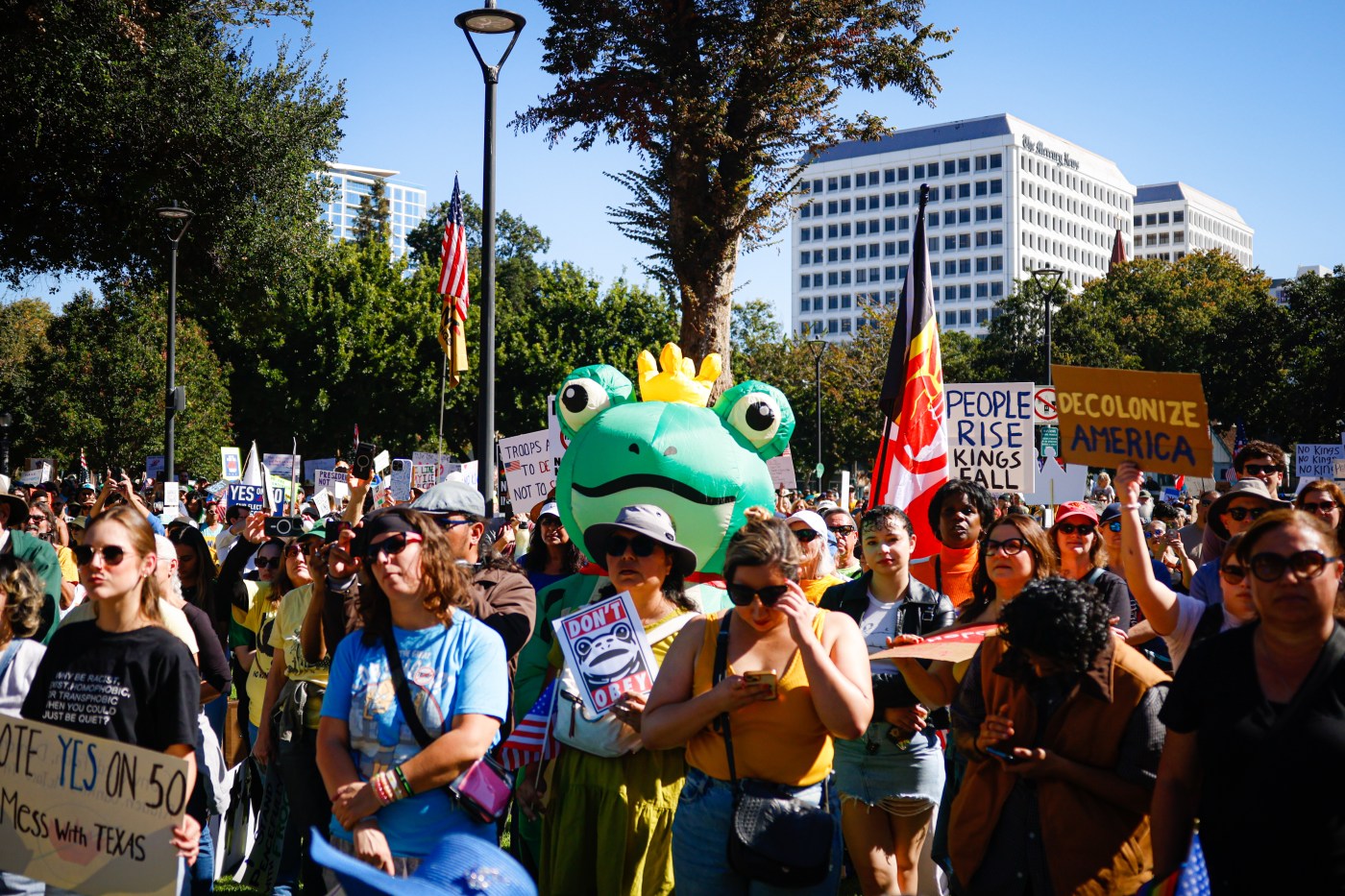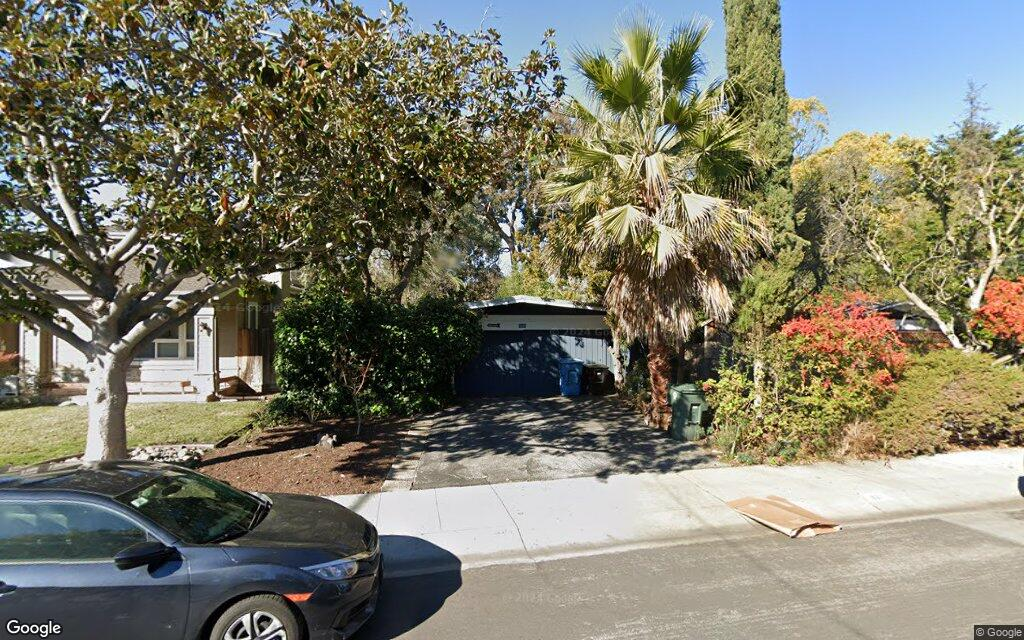Editor’s Note: This article was written for Mosaic, an independent journalism training program for high school students who report and photograph stories under the guidance of professional journalists.
San Jose’s Pinoytown, a place where Filipino businesses and families once thrived, now shows few remnants of its Filipino culture and history.
Pinoytown took root north of downtown San Jose, in a historic Chinatown district originally known as Heinlenville. Chinese, Japanese and Filipino immigrants settled down there during the 1920s, creating a refuge from anti-Asian sentiment. The community flourished, and Filipinos from the Ilocos region worked and lived in area farms, ranches and businesses.
“Pinoy” is a term used by Filipinos to refer to people of the Philippines and their culture, as well as those who have relocated abroad.
The neighborhood changed significantly during World War II, when the government forcibly removed and imprisoned Japanese Americans, allowing Filipinos to take over suddenly vacant buildings. Post-war, the Filipino population continued to thrive, and Pinoytown in the 1950s was home to many Filipino businesses.
This began to change in the 1960s, when children of the first-wave Filipinos integrated into wider communities, seeking job opportunities and residences outside of Pinoytown.
Today most Filipinos have moved on, while Japantown remains firmly rooted. For a time, it seemed the only remnants of Pinoytown were the Filipino Community Center on North Sixth Street and occasional walking tours around the town.
Robert Ragsac, who was born and raised in the area, started the tours. They were officially recognized and funded by the Filipino American National Historical Society in 2019.
The Filipino legacy also has been recognized in art. Murals now recall the history and culture of Pinoytown.
“When I walk around downtown and see the murals,” Ragsac said, “it gives me a little pride to live in San Jose. Not because of the buildings and history, but because of the artwork.”
Madeline Aristorenas is a member of the class of 2026 at Silver Creek High School in San Jose.
